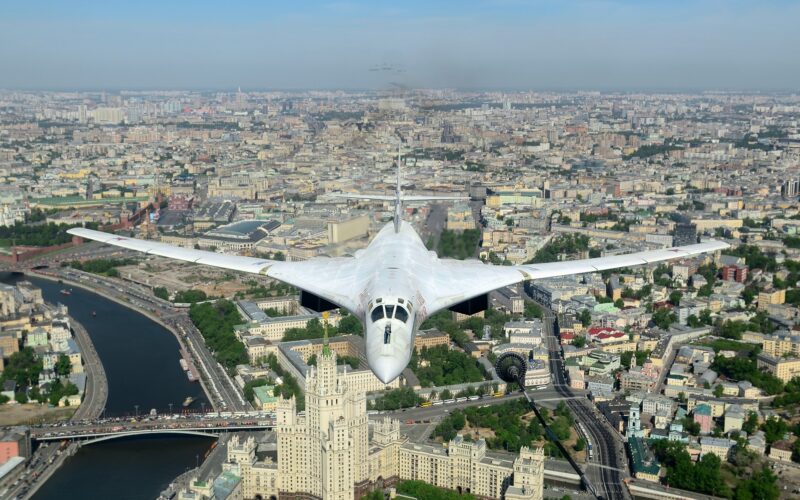President Vladimir Putin confirmed Russia was suspending its participation in the New Start nuclear control treaty.
“This treaty prevents us from carrying out full-fledged inspections, and our repeated requests to inspect this or that facility remain unanswered or are rejected on formal grounds, and we cannot really inspect anything on the other side,” Putin argued during a lengthy speech in front of the Russian parliament on February 21, 2023. “I feel compelled to announce today that Russia is suspending its participation in the treaty on strategic offensive arms.”
Putin added, however, that Russia would not be withdrawing from the treaty, before calling on the Russian Ministry of Defense and the federal atomic energy agency Rosatom to stand ready to resume nuclear testing if the US was to do so first.
What is the New START?
Signed in 2010, the New Strategic Arms Reduction Treaty (START) limits the nuclear arsenal of both signatories, Russia and the United States, to a maximum of:
- 1,550 deployed warheads
- 700 deployed delivery systems [ground-based ballistic missiles, submarine-launched ballistic missiles, and nuclear-capable strategic bombers – ed. note]
- 800 deployed and non-deployed delivery systems
This was enforced by the ability of each party to mutually inspect about 20 strategic sites annually, including air and navy bases.
In January 2021, the treaty was extended to 2026. But in August 2022, six months after Russia started the full-fledged invasion of Ukraine, the Russian Ministry of Foreign Affairs announced in a statement that it had halted the planned inspections of its military sites by the US because of the travel difficulties encountered by Russian inspectors due to international sanctions.
The New Start was the last active bilateral agreement regulating the arsenal of the world’s two main nuclear powers.
Another mutual control agreement, the Treaty on Open Skies, was abandoned by the United States in November 2020 and Russia in June 2021. The treaty allowed aerial monitoring of military movements and strategic installations of the signatory countries. The US authorities cited difficulties with conducting the agreed inspections.

